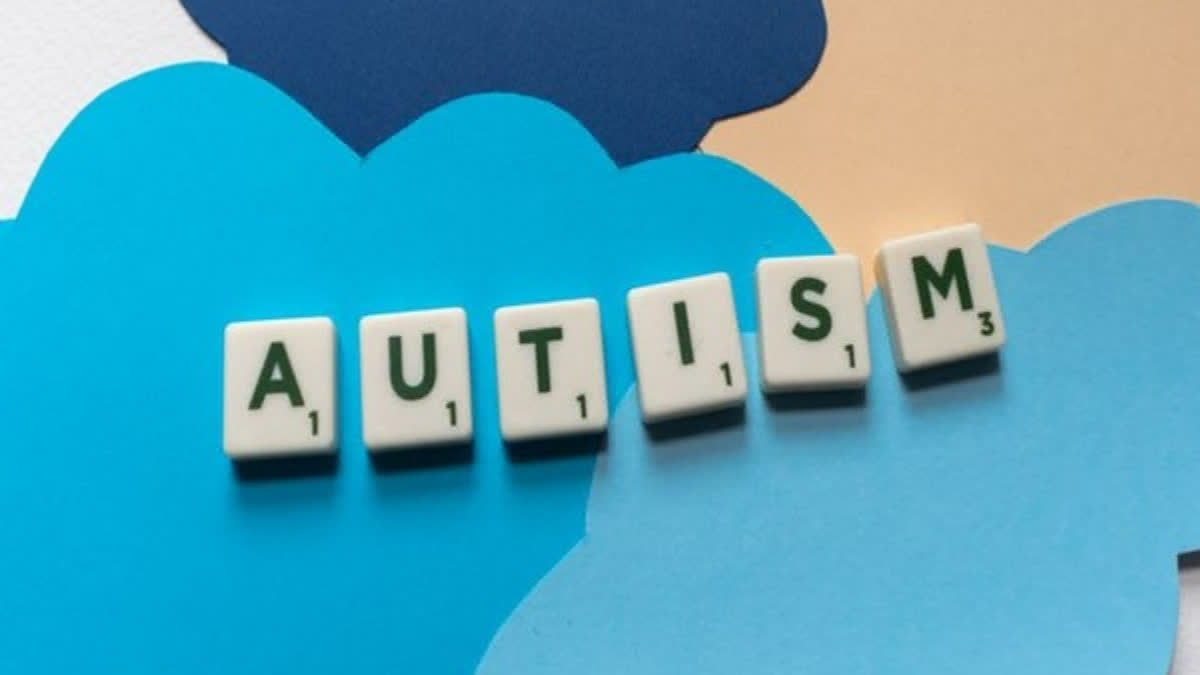New Delhi: A new eye-tracking tool to understand how children "look" at their surrounding social environment could help with diagnosing autism as early as between 16 and 30 months of age, scientists say.
Visual engagement of nearly 500 children in this age group was measured by monitoring their eye movements as they watched video scenes of social interaction, the researchers from Marcus Autism Center, Children's Healthcare of Atlanta, US, said in their study. "Data regarding what social information children looked at and what they did not was thus collected", they said.
Using this data, a diagnostic prediction of autism was provided and compared with expert clinical diagnosis of autism, which is the current gold standard. In all the children, this method of measuring social visual engagement gave 71 per cent true positives and 80.7 per cent true negatives, the study published in the Journal of the American Medical Association (JAMA) and in JAMA Network Open said.
True positive is when the child in question was clinically diagnosed with autism and the newly developed diagnosis tool re-affirmed it, whereas true negative is when the child was clinically diagnosed to not have autism and this new tool re-affirmed that as well. The results could help pave the way for an earlier and confident diagnosis in many children, in addition to reducing burdens on the healthcare system by cutting down wait-times for assessments, the researchers said.
"The far-reaching implications of these results may mean that children who currently have limited access to expert care, and face two or more years of waiting and referrals before finally being diagnosed at age four or five, may now be eligible for diagnosis between the ages of 16 and 30 months," said Ami Klin, the study's co-author.
Children with autism spectrum disorder (ASD), a developmental disability caused by differences in the brain, often experience problems with social communication and interaction, and restricted or repetitive behaviors or interests, according to Centers for Disease Control and Prevention (CDC), US.
